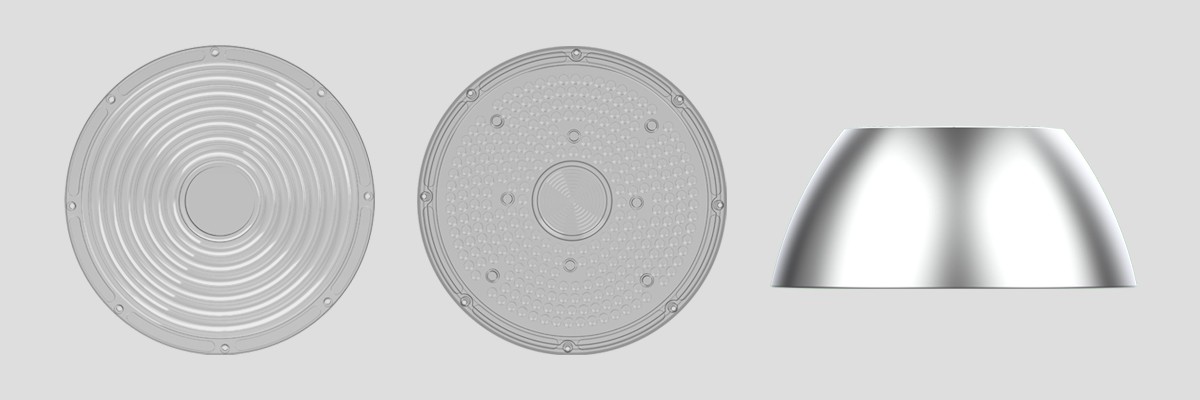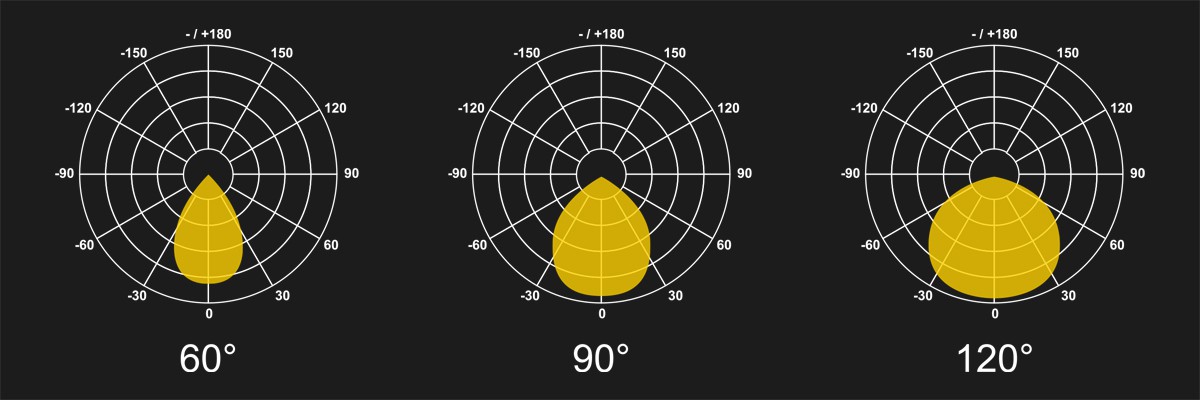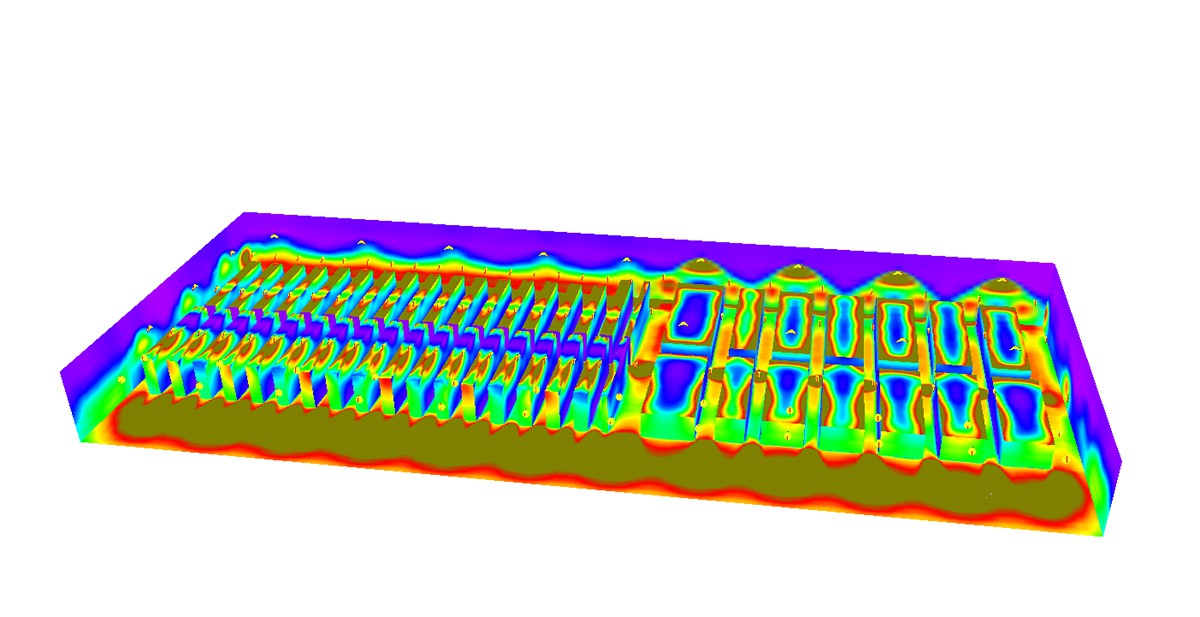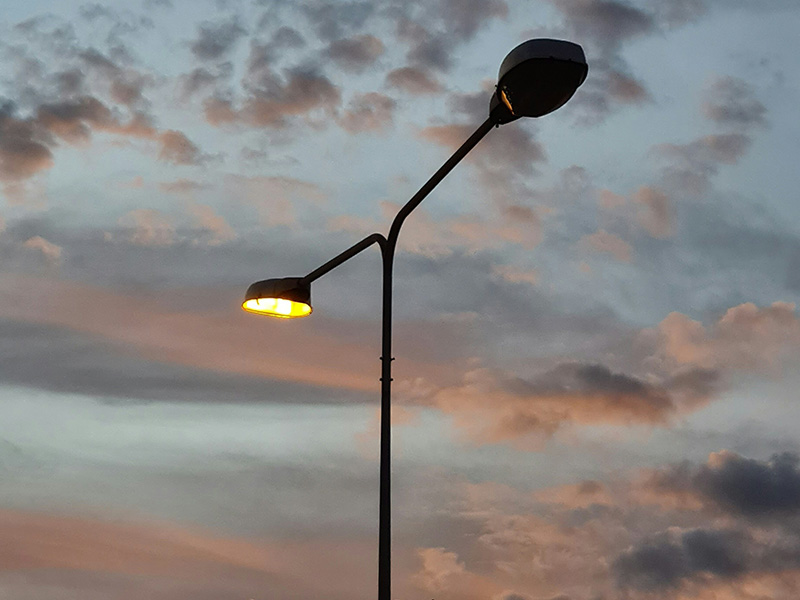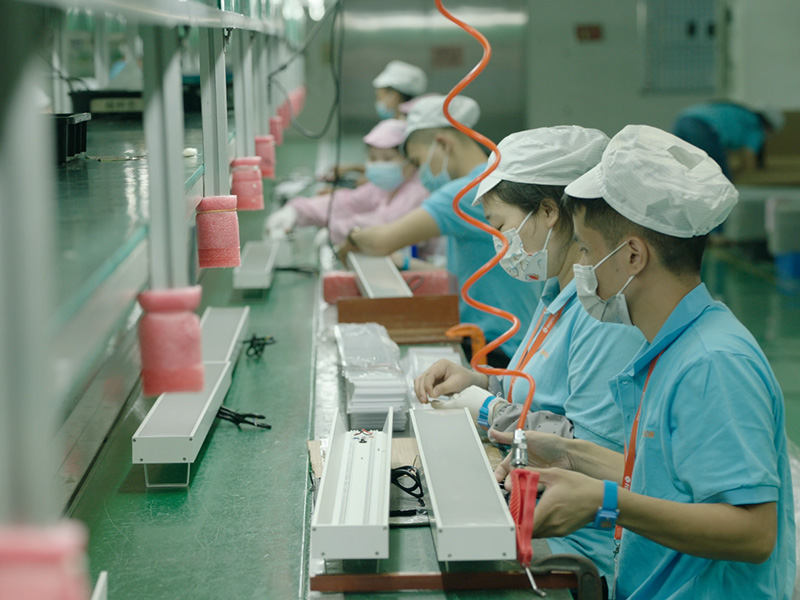Table of Contents
ToggleThe Importance of Optical Lenses for High Bay Products
Optical lenses are crucial components in high bay lighting systems, playing a vital role in directing and shaping light to achieve desired illumination effects. Here’s why they matter:
Function of Optical Lenses
An optical lens is a transparent component that converges or diverges light from a source to form a real or virtual image. In high bay lighting, these lenses are essential for ensuring uniform and efficient light distribution across various applications.
Light Distribution in High Bay Facilities
High bay facilities have diverse lighting needs. While exposed LEDs may suffice for some applications, precision-designed secondary optics are often necessary to control luminous flux and deliver uniform illumination to specific areas. Traditional aluminum reflectors, once standard in high bay luminaires, are now less common due to their limited effectiveness in modern LED systems. They primarily shield LEDs from direct view, reduce glare, and control spill light.
Modern high bay LED systems typically feature light modules with arrays of LEDs on large circuit boards. Large parabolic reflectors only control light incident on their surface, missing much of the emitted light. Instead, refractor shades made from acrylic or polycarbonate are used. These shades control light direction through prisms, soften light appearance, widen beams, and enhance vertical illuminance.
Advanced Optical Components
High bay LED lights often use one-piece injection-molded lens arrays for precise light control. These arrays fit tightly over LEDs, using single or multiple optical elements to manage almost all light produced. Total internal reflection (TIR) optics combine refraction and reflection to maximize beam shaping and minimize optical loss. This precision allows LED beams to be directed at any desired angle, creating tailored lighting for vertical surfaces like high racks and store shelves. Most LED lens arrays are made of PMMA (acrylic) for its cost-effectiveness and superior optical properties, with PC (polycarbonate) as a secondary option.
Thermal Stability Considerations
Given that LED lenses sit close to LEDs, their thermal stability is crucial, especially in high drive current and high flux density operations. The temperature at the phosphor layer is higher than the junction temperature due to photoluminescence, producing significant Stokes heat. Polycarbonate lenses, tolerating up to 120°C, offer better thermal stability than acrylic, rated up to 90°C. In high-power systems where phosphor down-converter temperatures approach 150°C, silicone lenses (up to 150°C) or even glass lenses (stable up to 400°C) may be necessary. Aluminum reflectors can also be a reliable, cost-effective solution for extreme conditions.
MASONLED: Expert in High Bay Lighting Solutions
MASONLED specializes in high bay lighting products, offering customized optical lens designs through our in-house optical engineering team. We provide project simulations to help customers determine the required luminaire quantities and expected illumination effects in advance. Trust MASONLED for tailored, high-performance high bay lighting solutions.

